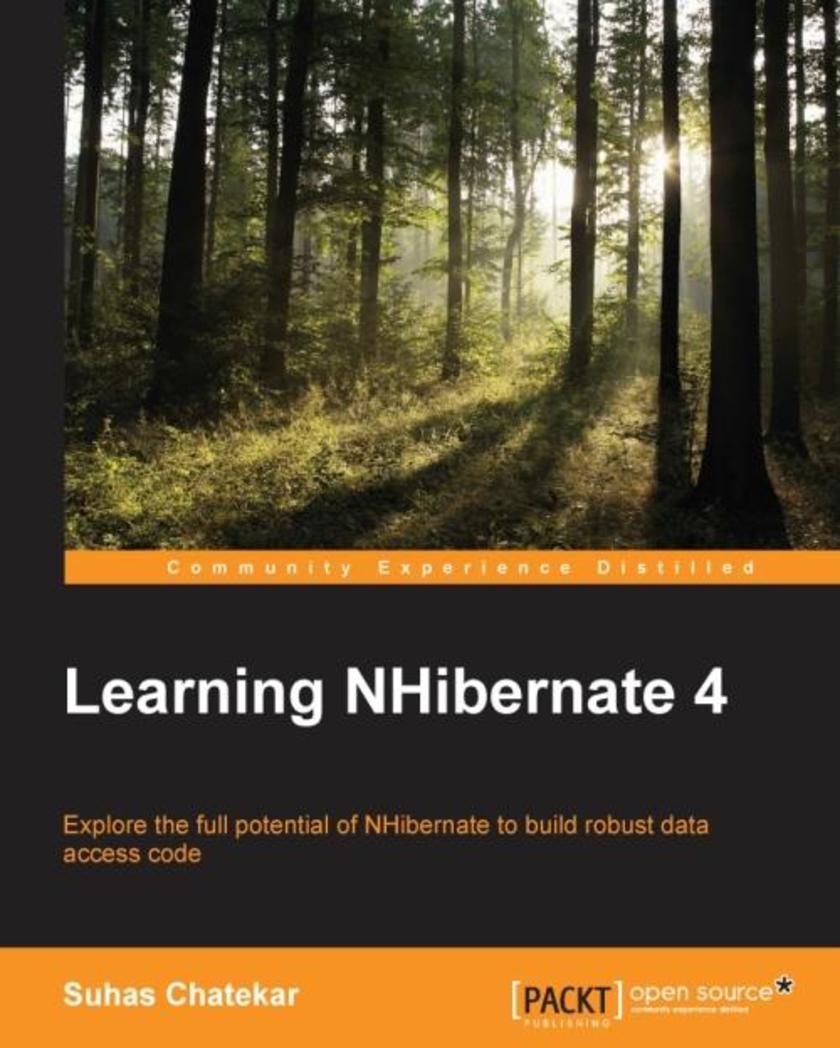
Learning NHibernate 4
¥90.46
This book targets .NET developers who have never used an ORM before, developers who have used an ORM before but are new to NHibernate, or have used NHibernate sparingly and want to learn more about NHibernate.
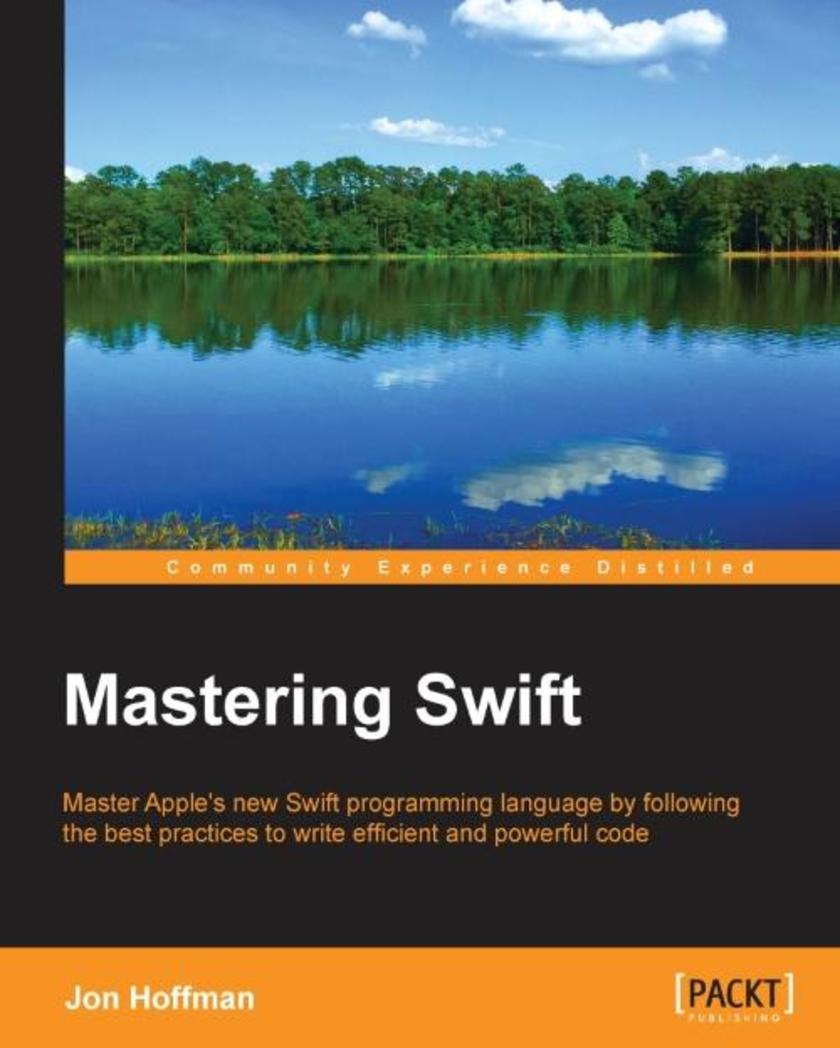
Mastering Swift
¥90.46
If you are a developer that learns best by looking at, and working with, code, then this book is for you. A basic understanding of Apple's tools is beneficial but not mandatory.
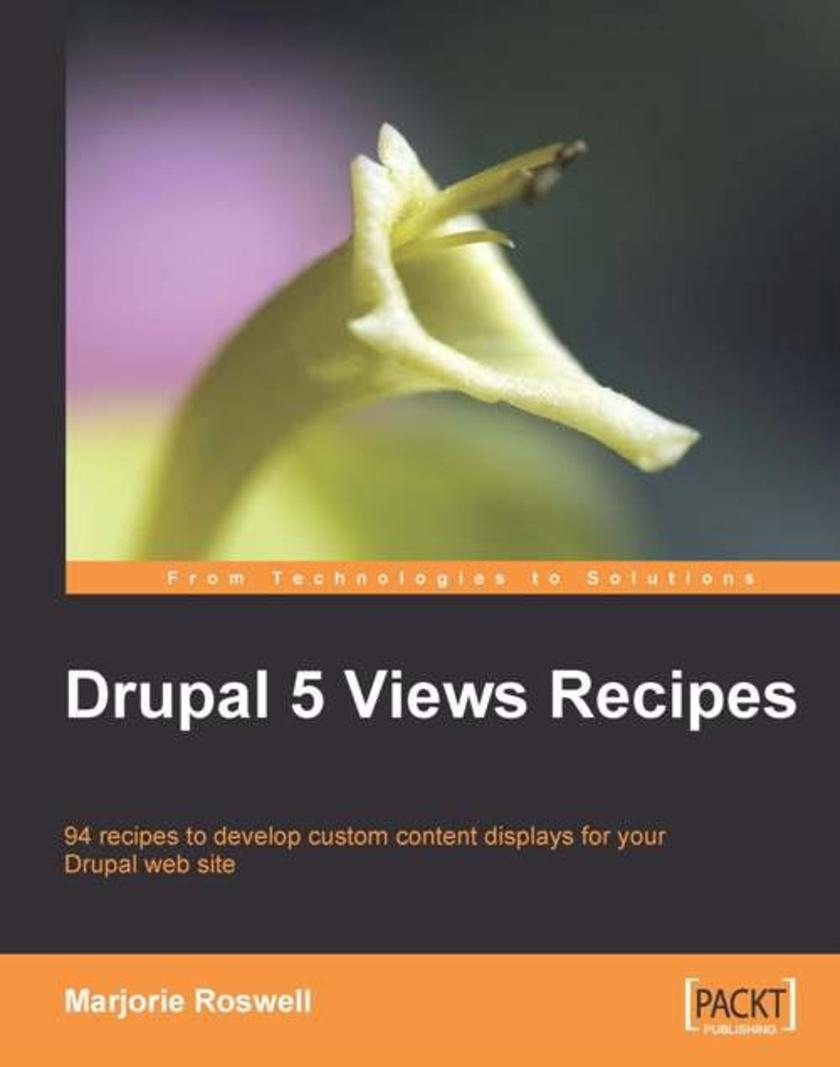
Drupal 5 Views Recipes
¥90.46
This book will give you a long list of powerful recipes. Choose the ones that suit your needs and use them through step-by-step instructions. Most of the recipes are code-free, but a number of the recipes contain code snippets. This book is primarily written for Drupal site builders, administrators, and themers who want to develop custom content displays using Views. It can be used by anyone who has a Drupal 5 web site, including original site developers as well as people who have inherited a Drupal 5 site. Some knowledge of HTML and CSS is required; PHP basics will be handy for some of the recipes.
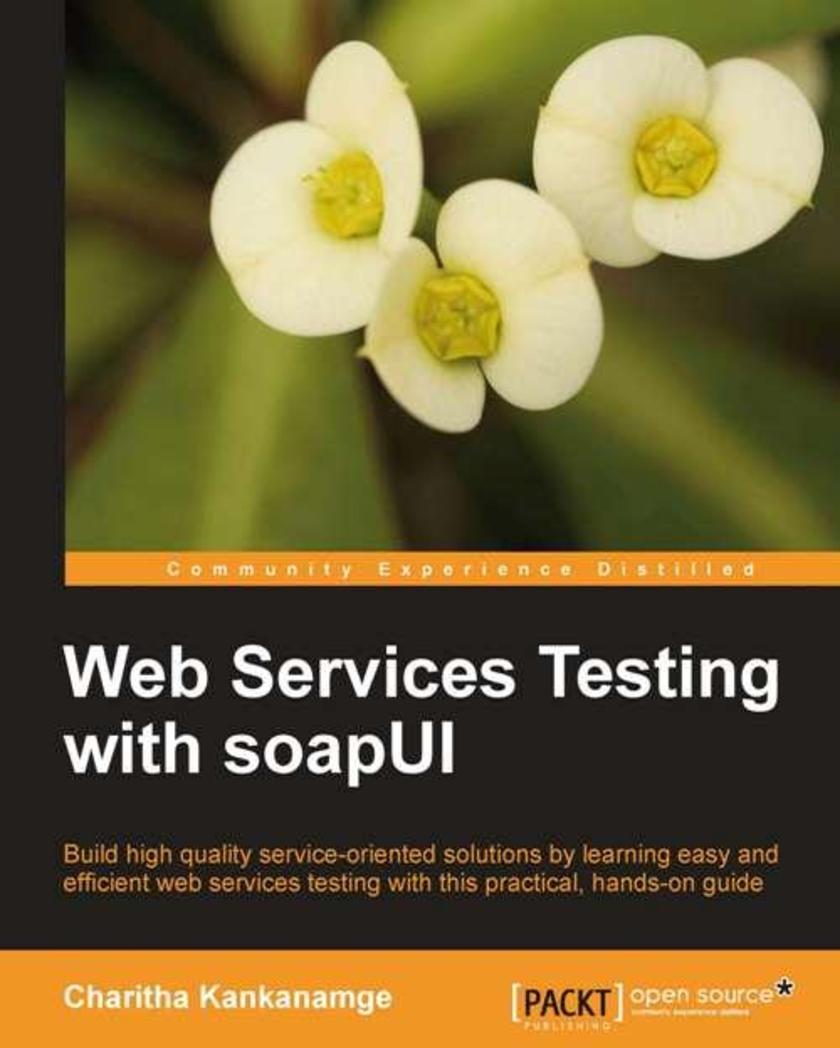
Web Services Testing with soapUI
¥90.46
"Web Services Testing with soapUI" starts with an overview of SOA and web services testing, and gets your hands dirty with a sample project which makes use of open source web service engine, Apache Axis2. All demonstrations and hands-on exercises are based on this sample project. This book is a practical and comprehensive tutorial for easy and efficient web services testing to build high quality service-oriented solutions. This book directly targets software quality assurance professionals, software project managers, and software developers interested in automated or manual testing web services and SOA. Whether you are a seasoned SOA professional or a novice user, with this book you'll learn to effectively use soapUI in testing service-oriented solutions for functional as well as non-functional web services.
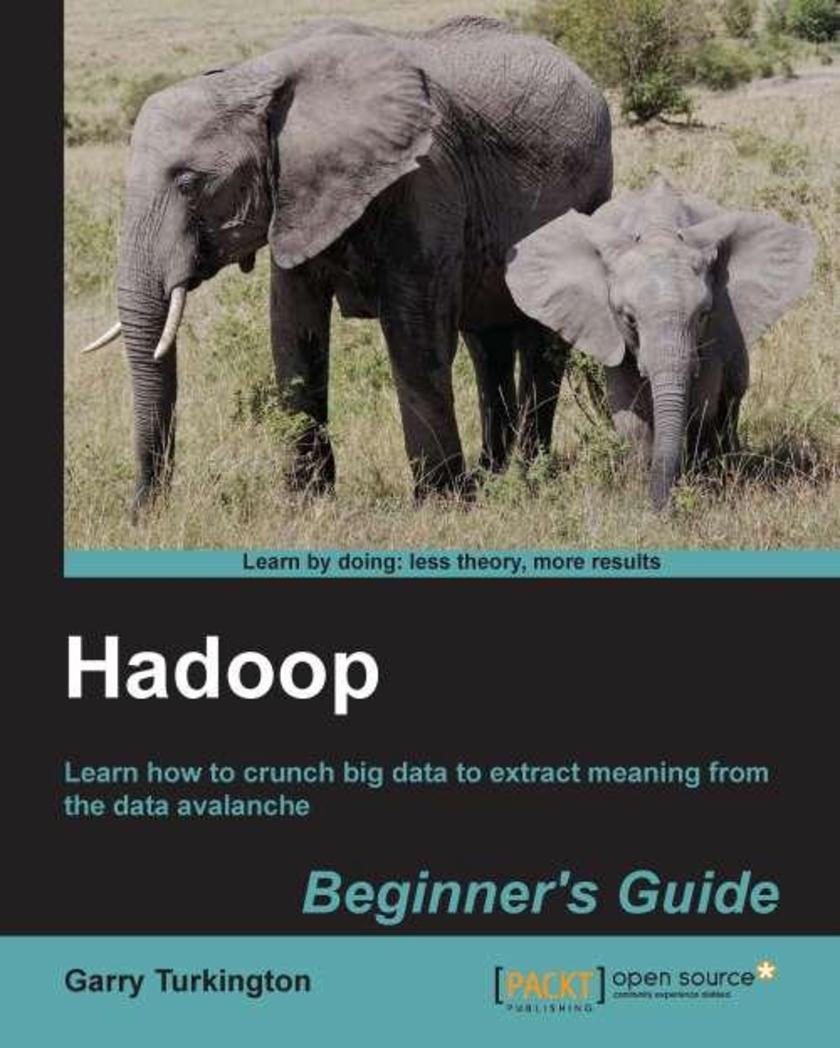
Hadoop Beginner's Guide
¥90.46
As a Packt Beginner's Guide, the book is packed with clear step-by-step instructions for performing the most useful tasks, getting you up and running quickly, and learning by doing. This book assumes no existing experience with Hadoop or cloud services. It assumes you have familiarity with a programming language such as Java or Ruby but gives you the needed background on the other topics.
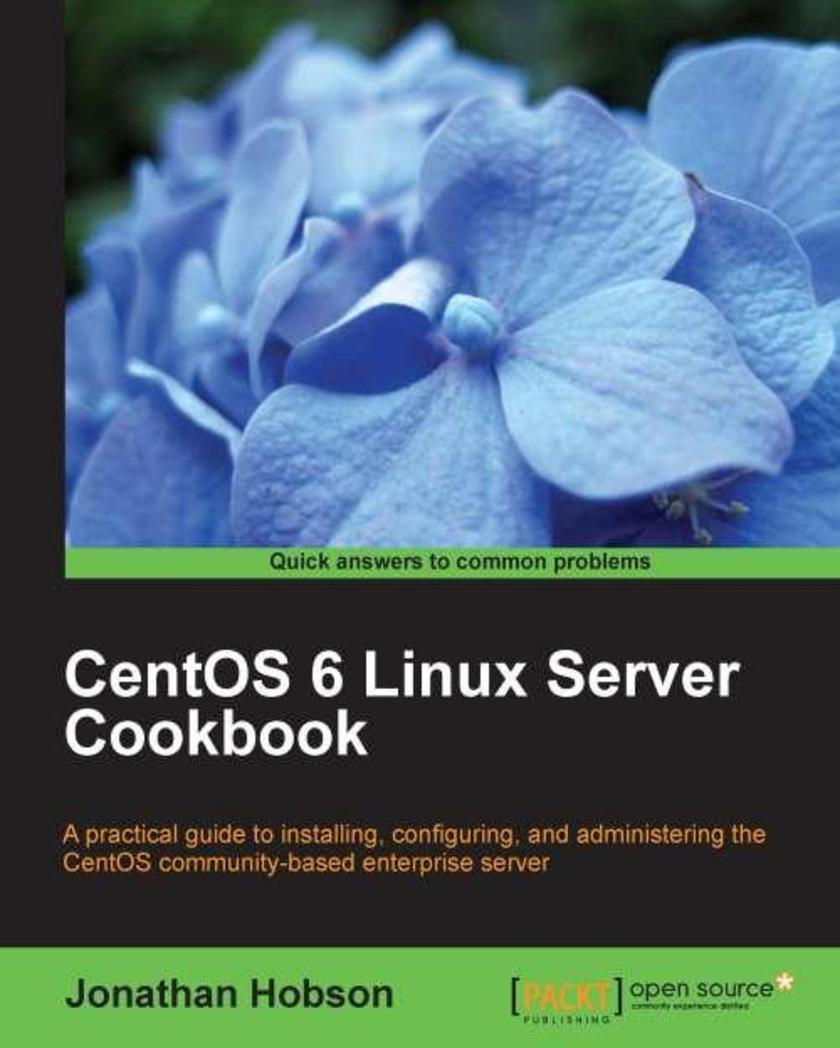
CentOS 6 Linux Server Cookbook
¥90.46
Presented in a step by step, easy to read tutorial style, this book presents the reader with real world solutions to every aspect of CentOS 6. "CentOS 6 Linux Server Cookbook" is for those professionals, students and enthusiasts who want a down-to-earth or hands-on approach to installing, configuring and running a Centos 6 server. Where a new user may experience this book as a series of solutions, a more experienced user will find a basis on which you can develop your existing skills. So rest assured, there is something for everyone and regardless of your current level of experience, if you are interested in using CentOS 6, then this is the book that offers the insight you need to move forward and master your server.
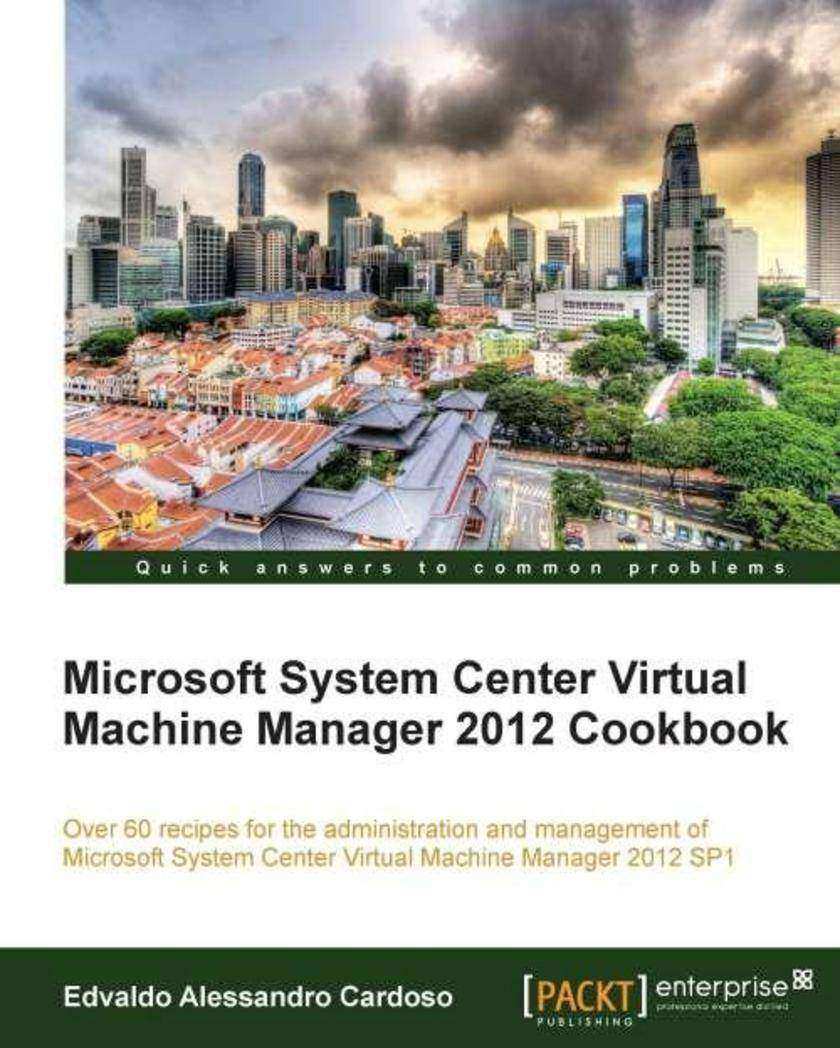
Microsoft System Center Virtual Machine Manager 2012 Cookbook
¥90.46
This is a Packt Cookbook, full with over 75 recipes for VMM users to carry out vital tasks quickly and easily. This book is written for solutions architects, technical consultants, administrators, and any other virtualization lover who needs to use Microsoft System Center Virtual Machine Manager in a real world environment.
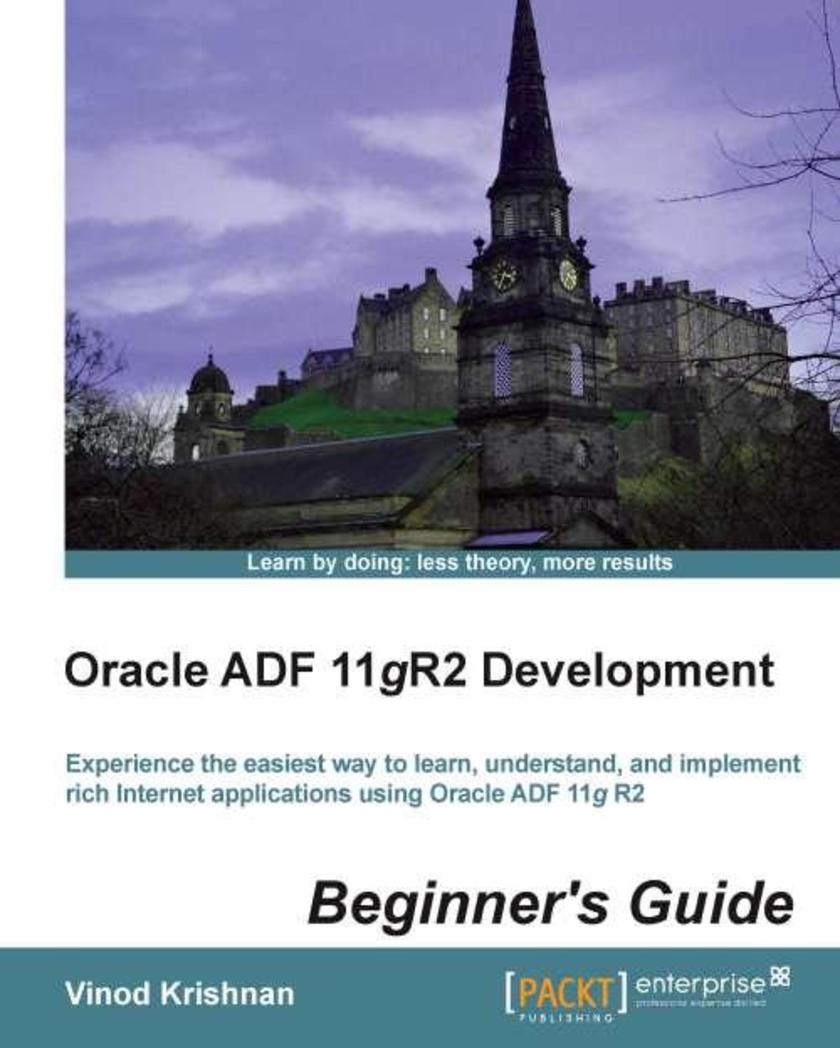
Oracle ADF 11gR2 Development Beginner's Guide
¥90.46
"Oracle ADF 11gR2 Development Beginner's Guide" will cover the basics of Oracle ADF 11g development and will then work through more complex topics as the reader gains more skills. This book will follow a tutorial approach with the content and tasks getting more advanced throughout. This book is intended for beginners who know a little about Java programming and would like to learn how to develop rich web applications using the Oracle Application Development Framework.
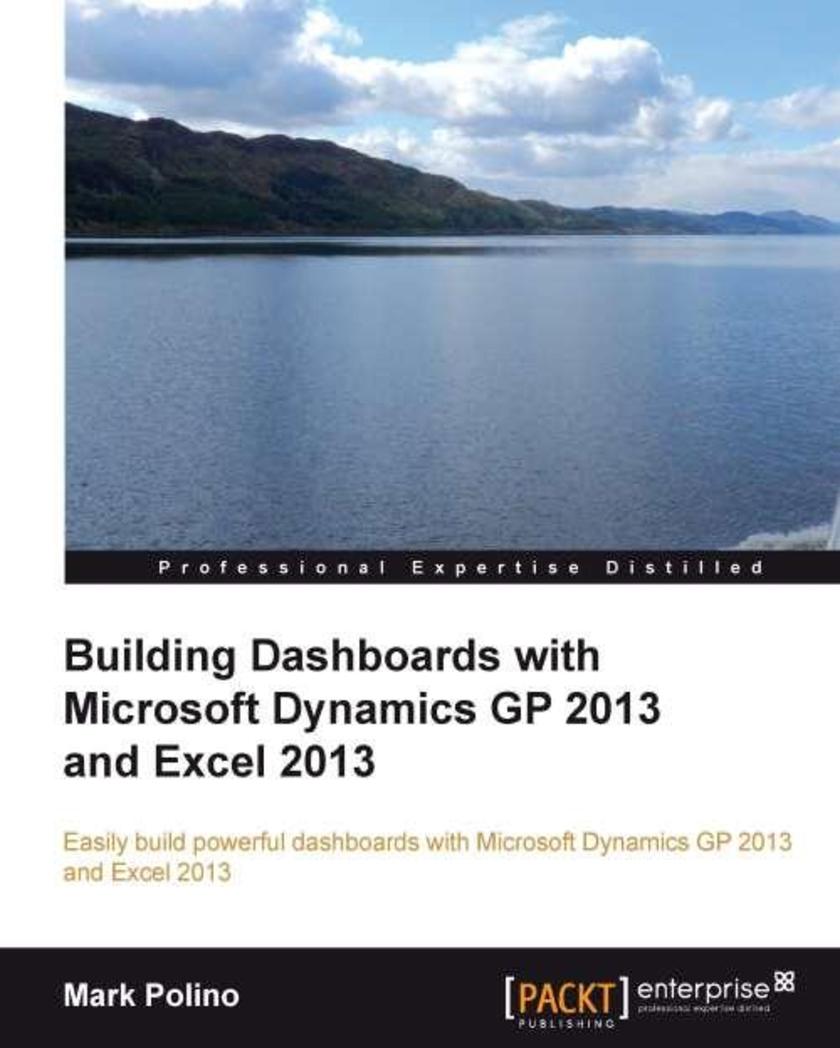
Building Dashboards with Microsoft Dynamics GP 2013 and Excel 2013
¥90.46
Follow real-life, step-by-step examples that provide the building blocks to build engaging dashboards. This practical guide is all about doing. Get your data, open up Excel, and go! You don't need to be an expert to get the most out of your Dynamics GP implementation and build great-looking, easily maintained dashboards using Microsoft Excel. If you have a working knowledge of Dynamics and Excel you'll be producing amazing dashboards in hours not days.
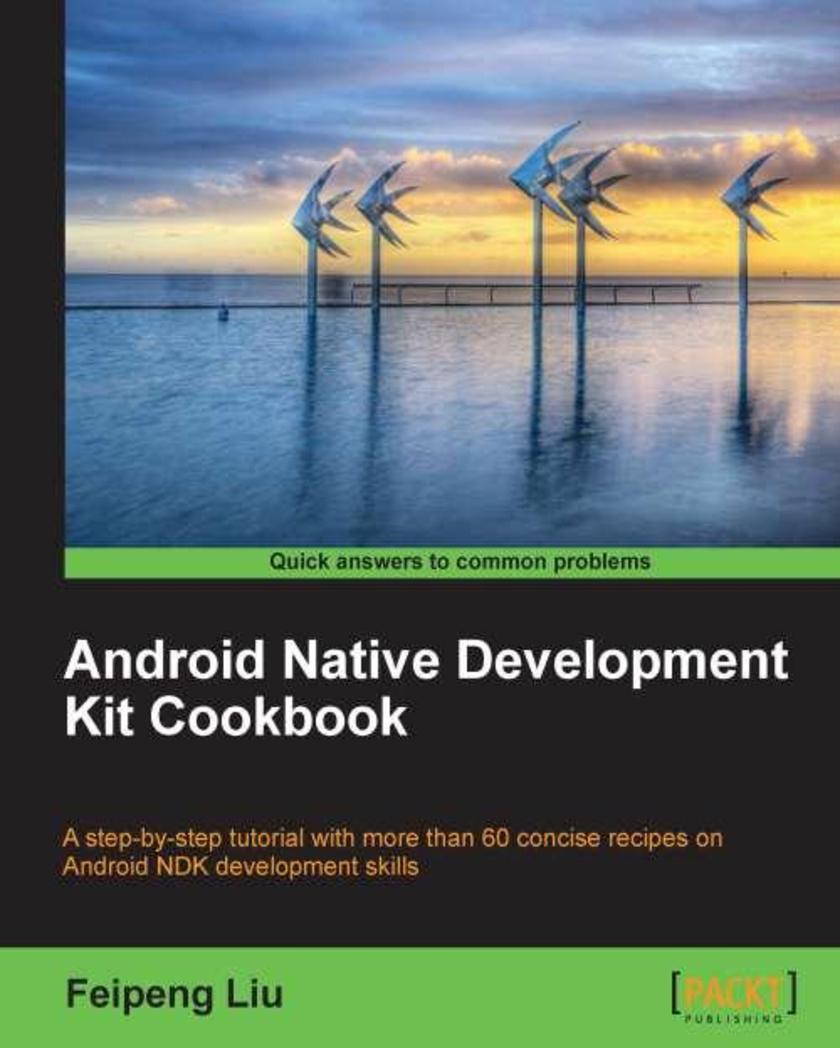
Android Native Development Kit Cookbook
¥90.46
This book is written in a Cookbook style, beginning with recipes which focus on helping developers make their software/application available in Android. Android developers who want to learn Android NDK programming, or develop multimedia and games in Android NDK will benefit from this book.
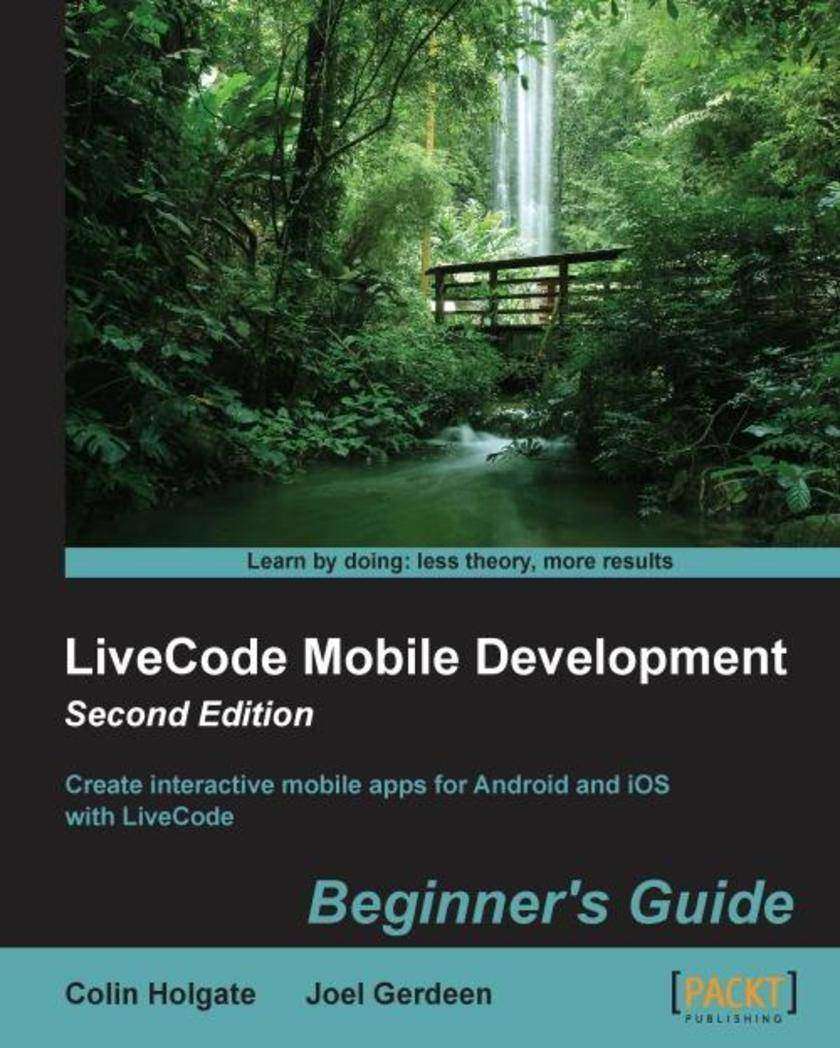
LiveCode Mobile Development: Beginner's Guide - Second Edition
¥90.46
The ideal reader for this book would be someone who already knows LiveCode, is interested in creating mobile apps, and wants to save the many hours it took for me to track down all of the information on how to get started! Chapter 1, LiveCode Fundamentals, will help those of you who know programming but are not familiar with LiveCode. The knowledge you've acquired should be enough for you to benefit from the remainder of the book.
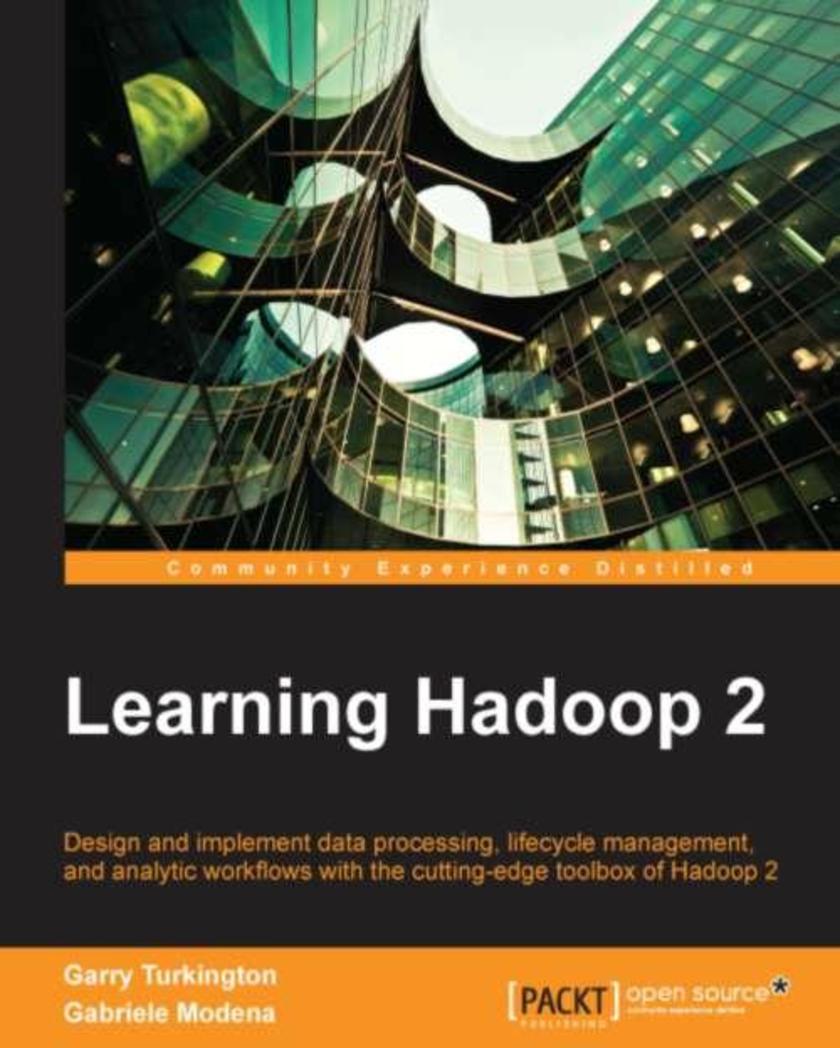
Learning Hadoop 2
¥90.46
If you are a system or application developer interested in learning how to solve practical problems using the Hadoop framework, then this book is ideal for you. You are expected to be familiar with the Unix/Linux command-line interface and have some experience with the Java programming language. Familiarity with Hadoop would be a plus.
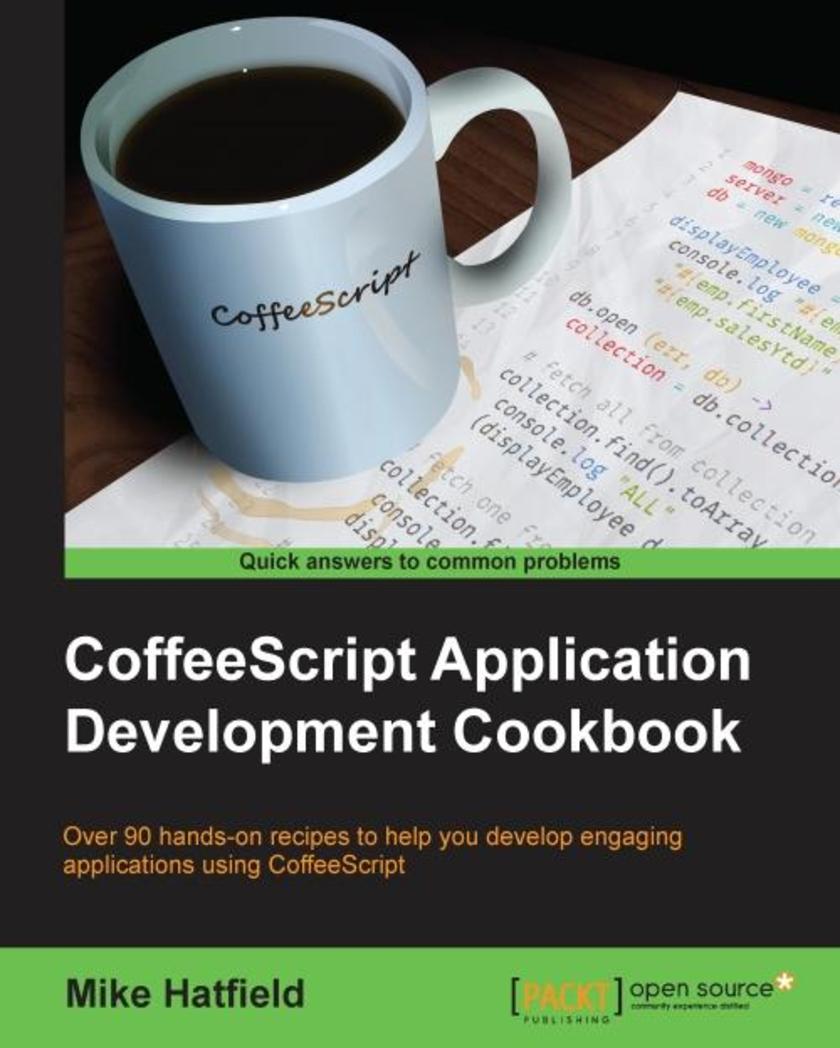
CoffeeScript Application Development Cookbook
¥90.46
If you are interested in developing modern applications, this book will help you leverage the vast JavaScript ecosystem while using an elegant language, helping you avoid the shortcomings of JavaScript.
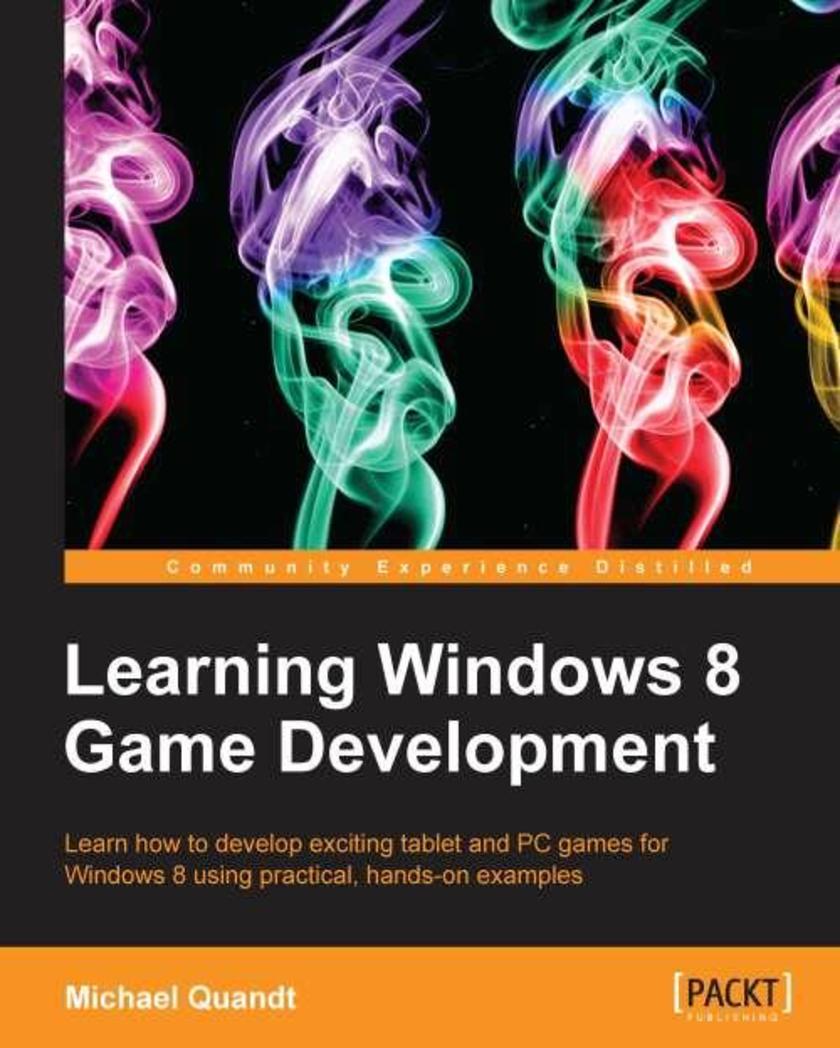
Learning Windows 8 Game Development
¥90.46
A standard practical tutorial running people through Windows 8 RT with a specific focus on game development is the approach chosen here. This type of approach will more likely appeal to an audience that is in need of a structured guide that they can emulate and learn from, unlike the usual reference text available in the market.Learning Windows 8 Game Development is for any developer looking to branch out and make some games. It’s assumed that you will have an understanding of C++ and programming. If you want to program a game, this book is for you, as it will provide a great overview of Direct3D and Windows 8 game development and will kick-start your journey into 3D development.
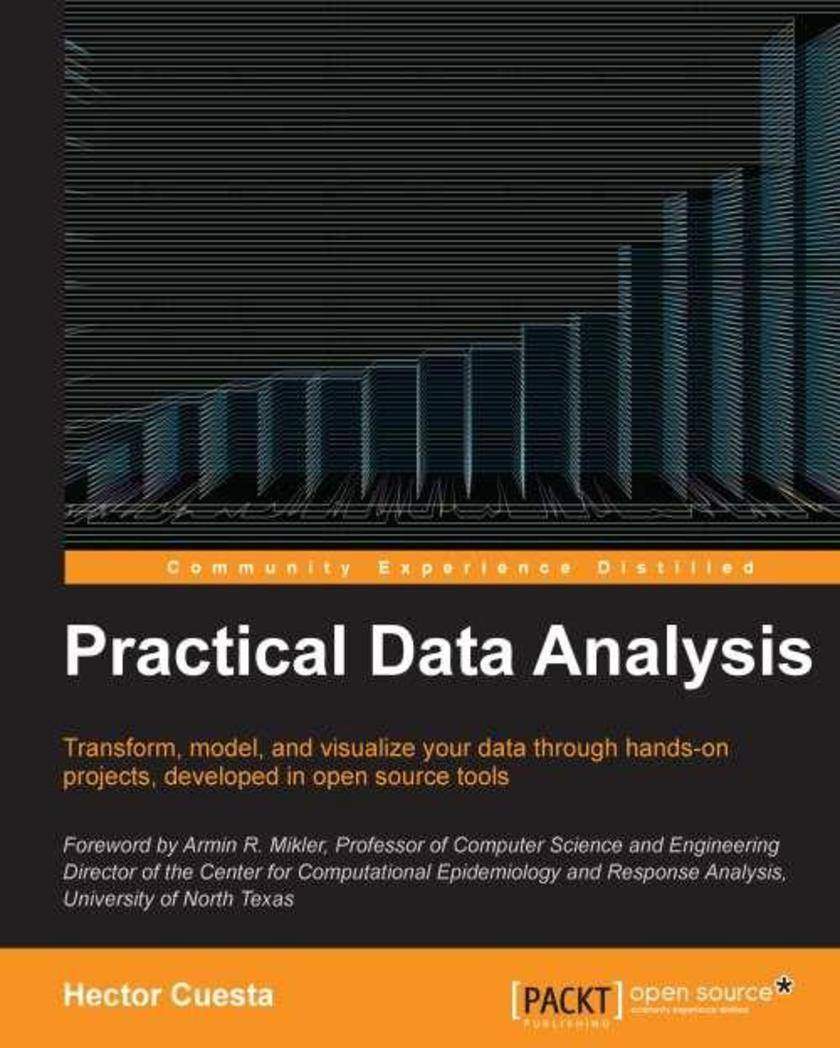
Practical Data Analysis
¥90.46
Each chapter of the book quickly introduces a key ‘theme’ of Data Analysis, before immersing you in the practical aspects of each theme. You’ll learn quickly how to perform all aspects of Data Analysis.Practical Data Analysis is a book ideal for home and small business users who want to slice & dice the data they have on hand with minimum hassle.
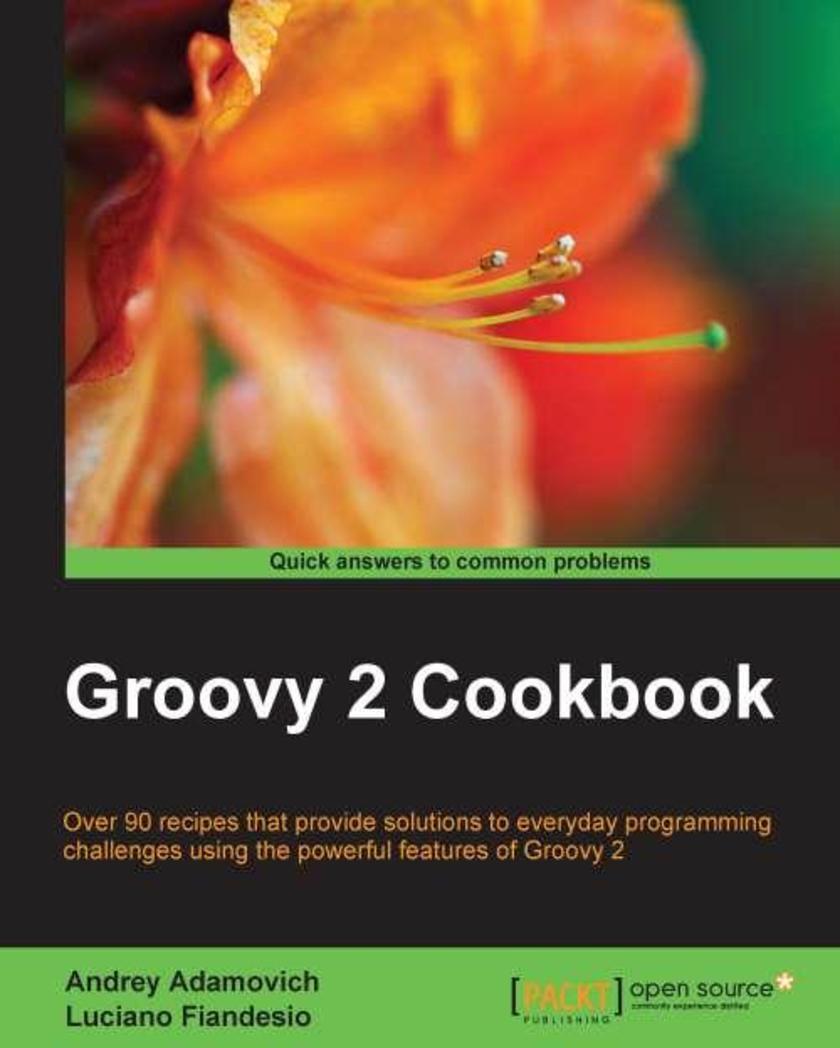
Groovy 2 Cookbook
¥90.46
This book follows a Cookbook style and is packed with intermediate and advanced level recipes.This book is for Java developers who have an interest in discovering new ways to quickly get the job done using a new language that shares many similarities with Java. The book’s recipes start simple, therefore no previous Groovy experience is required to understand the code and the explanations accompanying the examples.
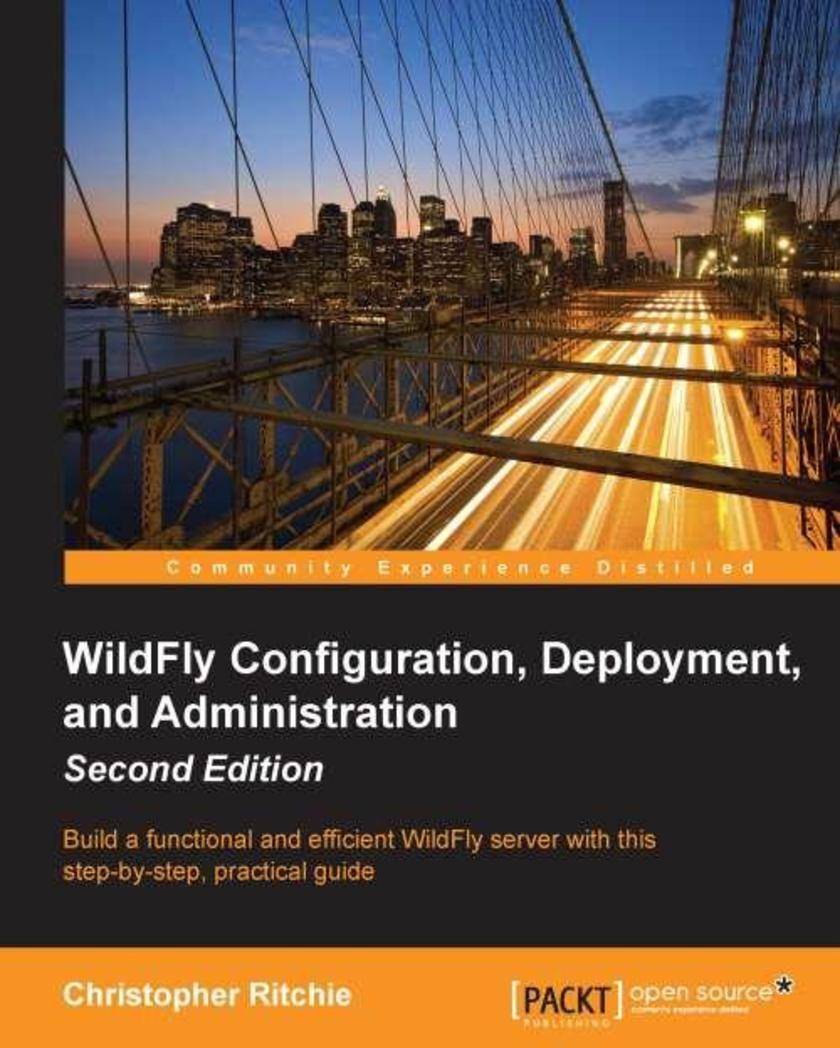
WildFly Configuration, Deployment, and Administration - Second Edition
¥90.46
This book is aimed at Java developers, system administrators, application testers using WildFly, and anyone who performs a DevOps role. Whether you are completely new to WildFly or just require an understanding of WildFly's new features, this book is for you.
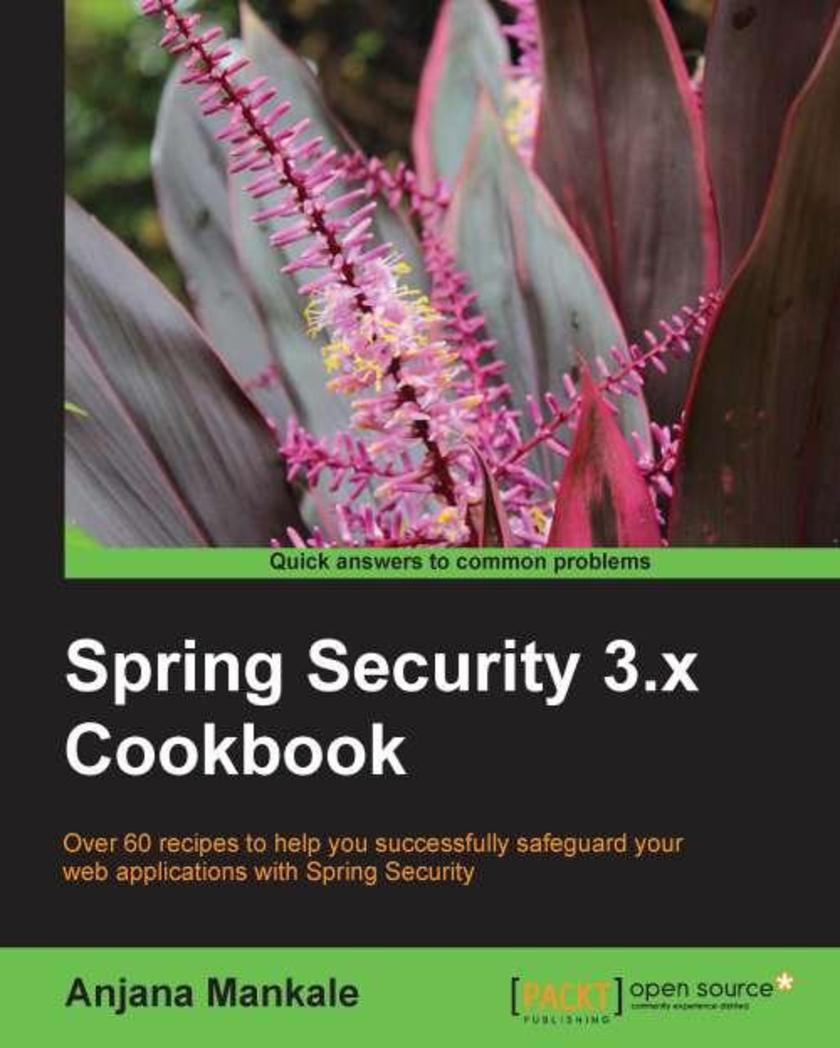
Spring Security 3.x Cookbook
¥90.46
This book follows a cookbook style exploring various security solutions provided by Spring Security for various vulnerabilities and threat scenarios that web applications may be exposed to at the authentication and session level layers.This book is for all Spring-based application developers as well as Java web developers who wish to implement robust security mechanisms into web application development using Spring Security.Readers are assumed to have a working knowledge of Java web application development, a basic understanding of the Spring framework, and some knowledge of the fundamentals of the Spring Security framework architecture. Working knowledge of other web frameworks such as Grails and so on would be an added advantage to exploit the whole breadth of recipes provided in this book, but this is not mandatory.
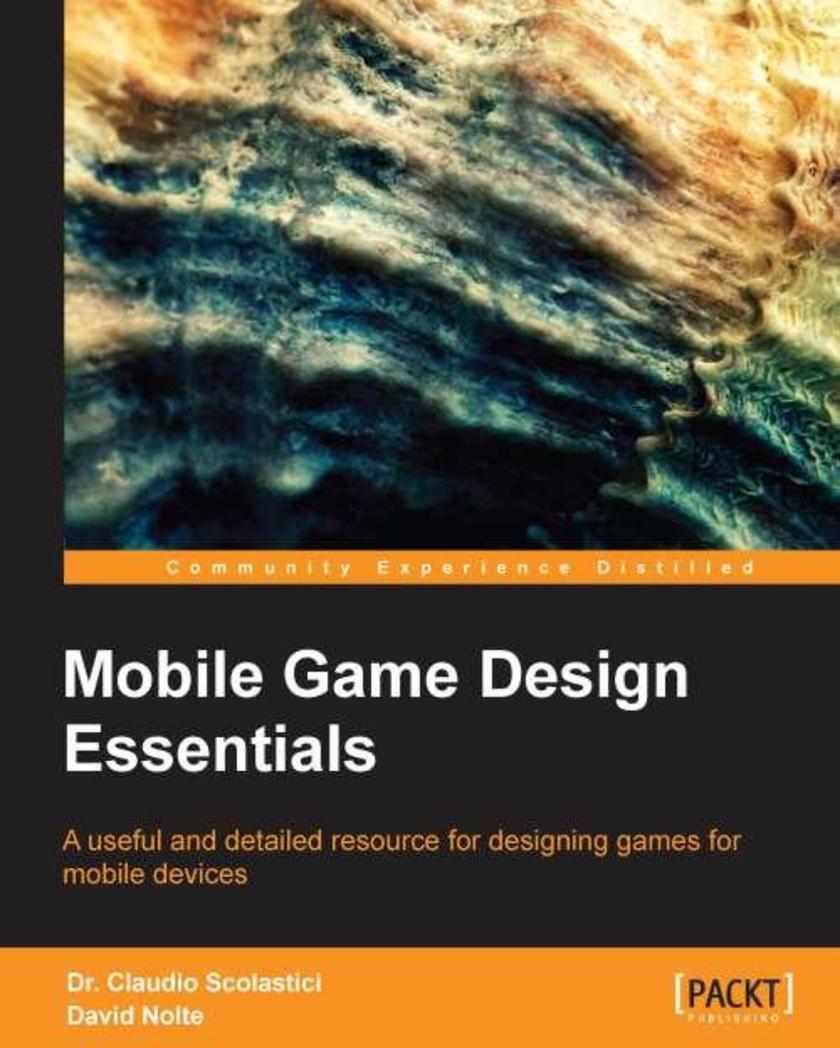
Mobile Game Design
¥90.46
A step-by-step guide.This book is for all game developers, designers, and hobbyists who want to create assets for mobile games
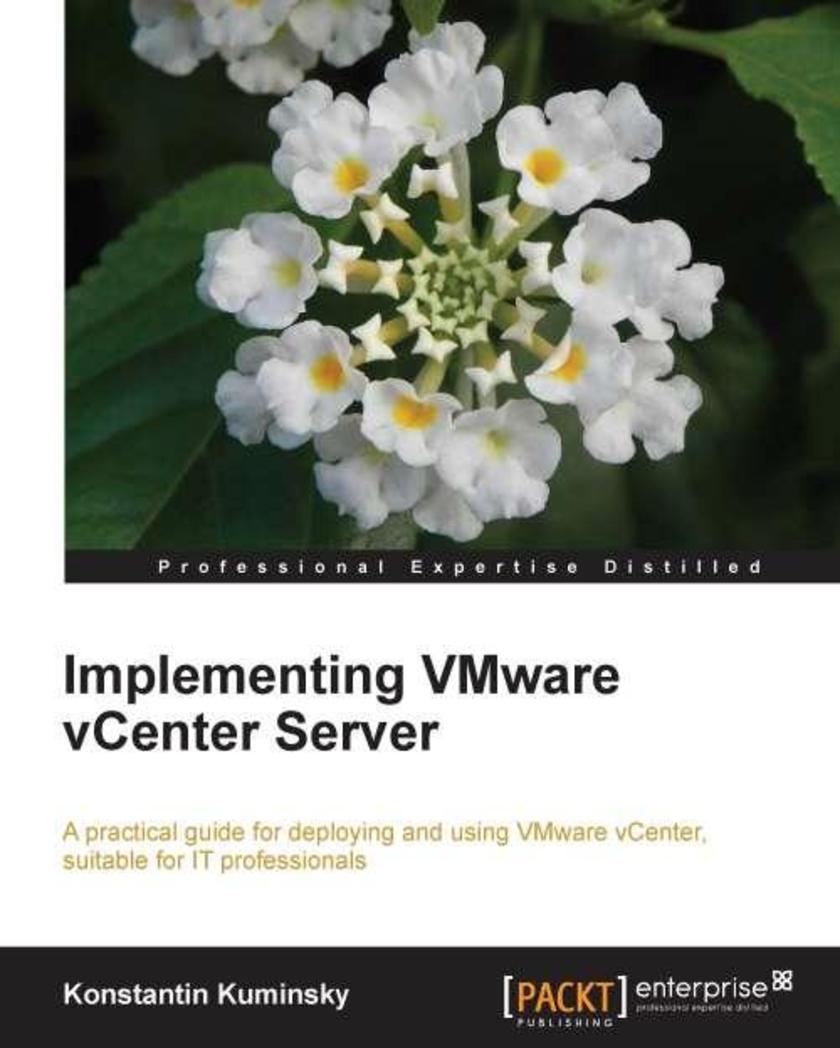
Implementing VMware vCenter Server
¥90.46
This book is a practical, hands-on guide that will help you learn everything you need to know to administer your environment with VMware vCenter Server. Throughout the book, there are best practices and useful tips and tricks which can be used for day-to-day tasks.If you are an administrator or a technician starting with VMware, with little or no knowledge of virtualization products, this book is ideal for you. Even if you are an IT professional looking to expand your existing environment, you will be able to use this book to help you improve the management of these environments. IT managers will find it helpful in terms of improving cost efficiency, ensuring required levels of service and utilising its excellent reporting abilities.

Learning C# by Developing Games with Unity 3D
¥90.46
This book uses the learning-by-example approach. It takes simple examples from games to introduce all the main concepts of programming in an easy-to-digest and immediately recognizable way.This book is for the total beginner to any type of programming, focusing on the writing of C# code and *s only. There are many parts that make up the Unity game engine. It is assumed that the reader already knows their way around Unity's user interface. The code editor used in this book is the MonoDevelop editor supplied by Unity.




 购物车
购物车 个人中心
个人中心



